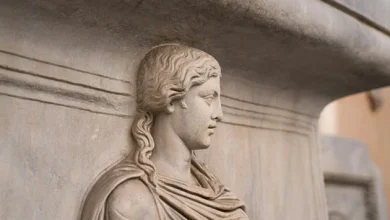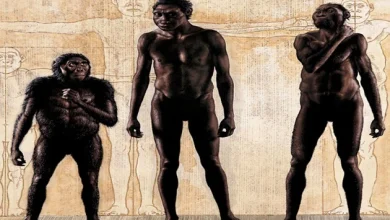What Jesus really looked like: scientists recreate the portrait of the savior

In world painting, the image of Jesus Christ was created by such great artists as Leonardo da Vinci, Raphael, Michelangelo. They endowed the portrait of the savior with features characteristic of the Greeks or Italians. However, Christians from Africa and Arab countries often portray Jesus as black. So how could he look?
Modern cultural historians express the idea that the variability of the image of Jesus is due to differences in the culture and traditions of artists. The Western European view dominates the world, but you can still find portraits in which the savior is endowed with Arab or Latin American features.
In church literature, Yeshua Ha-Notzri is described as “an ordinary person” and “brother” of people. Presumably, his childhood and youth were spent in Nazareth, which means that his appearance could be Middle Eastern.
Another clue can be obtained from a particular area of expertise – criminal anthropology. British scientists used methods for their research that are identical to those used by the police to solve crimes. Together with Israeli archaeologists, scientists have recreated the most accurate description of the most famous person in human history.
Researcher Richard Neave believes that a comprehensive study of the issue using data from the fields of anthropology, archeology, physics, and biology will help shed light on what the iconic personalities of history might have looked like. He was already engaged in the “reconstruction” of portraits of Philip II of Macedon, Alexander the Great, the Phrygian king Midas.

According to the researcher’s theory, many people did not support the massacres of Jews and Muslims that the Catholic Church regularly carried out because the people who were killed looked just like Jesus.
Pope Alexander VI ordered the destruction of all images of Jesus on which he was captured as a Semitic. Instead, new paintings were painted, for which the Pope’s son, Cesare Borgia, posed. It was he who could become the prototype of the image to which Christians all over the world are accustomed today.
To recreate the portrait of Jesus, Richard Neave borrowed three skulls from Jerusalem from archaeologists, which may have belonged to Yeshua’s contemporaries.
Then the scientist did a lot of computer studies and found out how the skull might look and how the muscles on the face were located. Following this information, he determined the shape of the nose, lips, eyelids.
Drawings of the 1st century were also involved in the work; according to them, it was established that Yeshua’s eyes were most likely of a dark color and that he wore a beard. Based on the remains of the skeletons, the average height of the Semites was determined – 155 cm, and the weight – about 50 kg.





